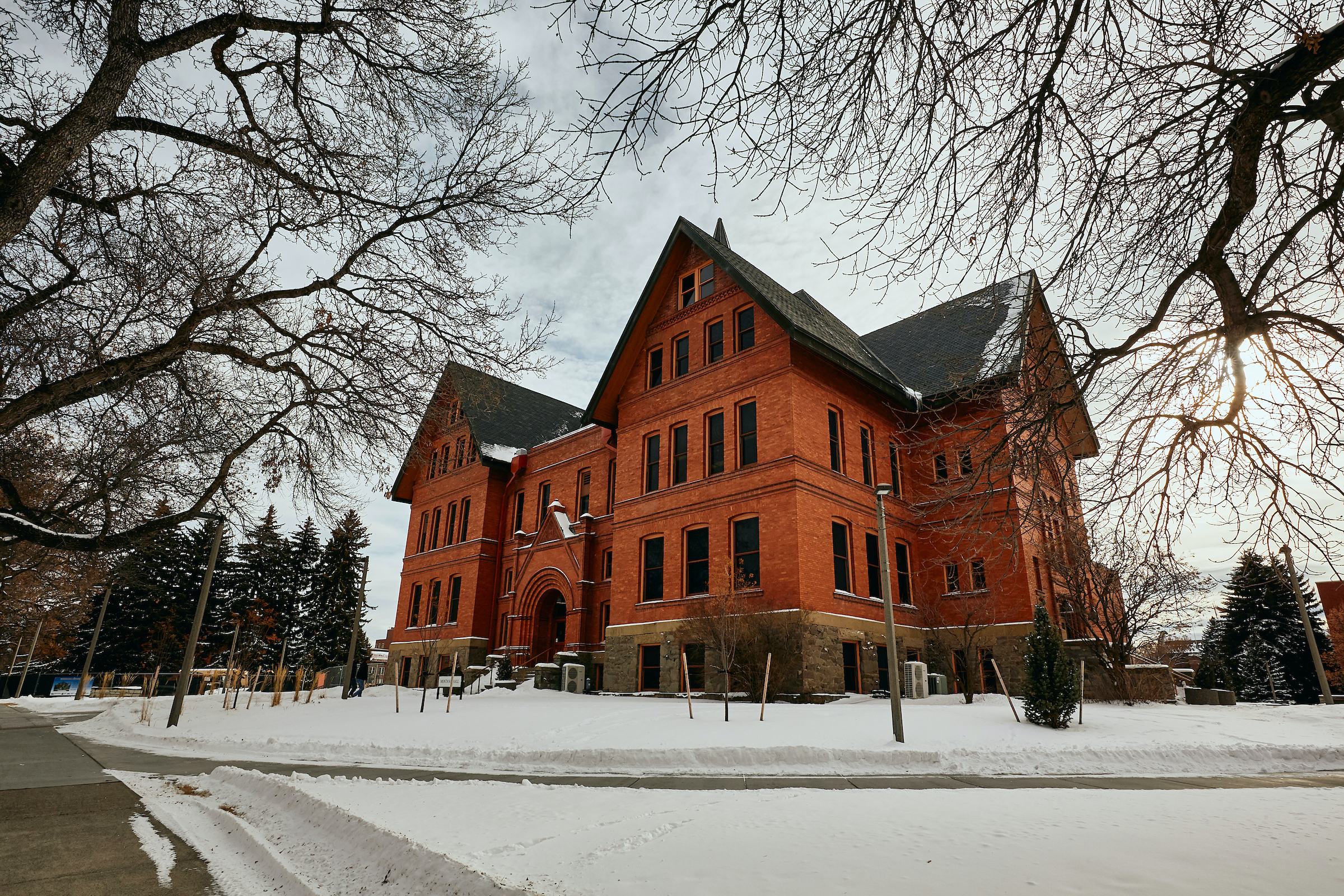Guide to Leaving Campus for Break
Don’t bring COVID-19 home for the holidays
Remember, the coronavirus can take up to 14 days to start showing its symptoms once you’re infected. Now is the time to take steps to limit your possible exposure to COVID-19 — before you head home for break.
- Avoid crowds and gatherings.
- Limit your social circle.
- Stay home when you can.
- Watch yourself for symptoms.
Remember, neither the Symptomatic Student Testing Center at the stadium nor Student Health Partners offers COVID-19 testing for students without symptoms. Neither is there asymptomatic testing capacity in Bozeman or Gallatin County. Taking a few precautions now will help protect your family, friends and loved ones when you head home for the holiday season.
Tips for leaving campus this fall
We have a long winter break ahead of us. The last day of classes is Wednesday, Nov. 25, and spring semester doesn’t begin until Monday, Jan. 11. Here are a few things to remember on your way out of town:
- Close your doors and lock your windows. Leave your thermostat at 65 degrees. The last thing you want to return to when you come back in January are frozen or burst pipes.
- Take out the garbage. Clean out the fridge. Winter break is 45 days long. The milk will go bad, and no one wants to come back to that.
- Remember your personal items. Passports, wallets, IDs, medicines, laptops, chargers (… skis, snowboards).
Leaving your residence hall room
In addition to the items above, students living in the residence halls have a few more things they have to do as well before they leave for break:
- All residents will need to turn in their room keys to the front desk. Yes, even if you’re returning for spring. Only keep your key if you’re staying in the halls over break.
- Mail won’t be delivered to the halls after Nov. 24. Plan ahead for any deliveries you may be expected and have them shipped to an off-campus location.
- Take home items you won’t need for spring semester. Less clutter is a good thing, in general, but this can be especially good advice should the public health situation change dramatically before spring semester.
Students in quarantine or isolation housing
Students in Q/I housing are asked to stay on campus until their release dates. All meals and services will continue to be provided during that time.
Long-term parking is available
Leaving your car in Bozeman during break? MSU provides free long-term parking for all students, faculty and staff. From Nov. 25 through Jan. 6, no permit will be needed to park in Bison Lot 26 or Bobcat Lot 18. Both lots are located just west of Hyalite Hall.
Moving your car to long-term parking helps with snow removal in MSU parking lots and Bozeman city streets during the winter. You don’t want to return to car that is encrusted in snow and even potentially damaged because of it.
Some things to remember:
- If your car will be parked in the same location on campus for more than three days in a row, you must move it to help with snow removal. If you don’t, your vehicle may be towed at your expense.
- You’ll still need a parking permit for lots other than the two listed above.
- Some lots may be closed periodically for snow removal.
- Covered parking is available in the parking garage for $12 per day. Those permits can be purchased at the MSU Parking Portal.
Questions about parking can be directed to 406-994-1723 or parkingservices@montana.edu.
Traveling safely
With widespread community transmission of COVID-19 nationwide, the best advice is to avoid travel if you can. Staying in one place and limiting your contact with others is the best way to keep yourself safe and avoid spreading the virus.
Know who’s vulnerable
If you will be traveling to be with family or friends, discuss with them first if there are individuals who may be especially vulnerable to COVID-19.
Vulnerable populations can include
- Older adults.
- Young infants.
- People whose immune systems are suppressed, such as those undergoing chemotherapy, people with infections, or people with immune disorders.
- People with diabetes or asthma.
If there are vulnerable people among the friends and family you intend to visit, strongly consider not visiting. If you must, plan to quarantine separately from those people for 14 days before you’re in contact with them.
Consider your destination
When deciding whether to attend a holiday celebration, consider the number of COVID-19 cases in the community you plan to visit and the infection rate. This information is often found on the local health department’s website.
Take it outside and keep it short
Indoor gatherings generally pose more risk than outdoor ones, and indoor gatherings with poor ventilation pose even more risk. Take gatherings outside if you can, and if you have to be inside, open doors or windows to provide fresh air. And remember, gatherings that last longer are riskier than shorter ones.
More information about holiday celebrations is available from the Centers for Disease Control and Prevention.
General travel tips
- Wear a mask on public transportation, such as trains, buses or airplanes.
- Maintain social distancing by staying at least 6 feet from anyone who’s not a part of your household.
- Wash your hands often or use hand sanitizer that’s at least 60% alcohol.
- Avoid touching your eyes, nose and mouth.
Additional travel guidance during the pandemic is available from the CDC.
Last updated Nov. 10, 2020

